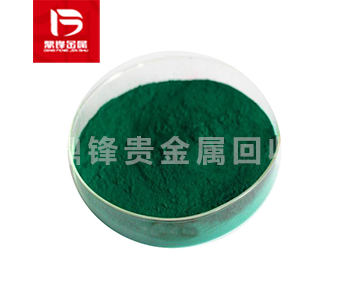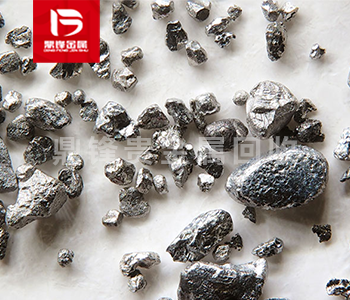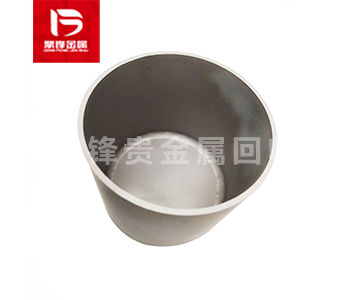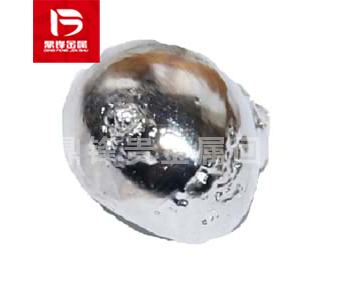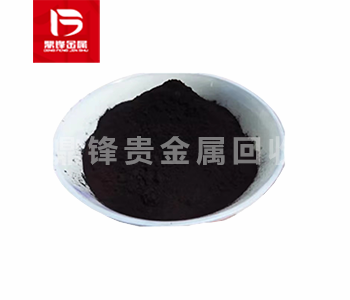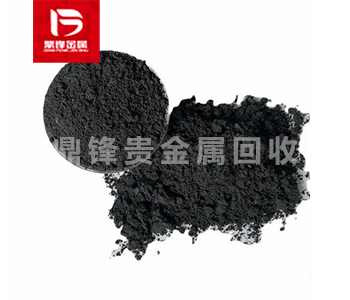How to Recycle Deactivated Iridium Catalyst
Iridium is a very important member of the precious metals and is widely used in catalysts, electronic components, chemical reactions, and especially in automotive catalytic converters. Iridium catalysts have become a key component in the industrial field due to their efficient catalytic effect and stability. With the end of the catalyst's service life or the damage of the catalyst itself, the recovery of iridium catalysts becomes an essential process. This article will introduce how to deactivate iridium catalysts for recycling, as well as the relevant technologies and steps.
What is an iridium catalyst?
Iridium catalyst is a catalytic material with iridium as the main component, which is usually used to accelerate the reaction process in chemical reactions. In the industrial field, iridium catalysts are widely used in automobile exhaust purification, petrochemical industry, pharmaceutical industry and other high-end manufacturing industries. Its advantage is that iridium has excellent high temperature resistance and corrosion resistance, and can still maintain its catalytic effect under extreme conditions.
Catalysts generally lose their activity after a period of time or become inefficient due to carbon deposition, pollution and other reasons. At this time, they need to be treated and recycled to reuse the precious metals in them.
Necessity of recycling iridium catalysts
As a rare metal, iridium has a limited supply and a high refining cost. Therefore, the recycling of iridium catalysts is particularly important. The recycling of iridium catalysts not only helps to save resources, but also reduces the burden on the environment. Through recycling, iridium metal can be effectively extracted and reprocessed for new catalysts or other industrial uses. Other precious metals such as platinum and palladium may also be extracted during the recycling process of iridium catalysts, which further increases the economic value of recycling.

Steps to deactivate iridium catalysts
Deactivating iridium catalysts is not a simple process and involves multiple technical links. The following are the general steps to decommission an iridium catalyst:
1. Stop using the catalyst: The service life of iridium catalysts is usually affected by their exposure to extreme conditions such as high temperature and chemicals. When the efficiency of the catalyst drops significantly and the reaction activity is insufficient, the catalyst should be considered for decommissioning. For automotive catalysts, this is usually manifested as failure to meet emission standards or reduced activity on the catalyst surface due to carbon deposition or pollutant deposition.
2. Clean the catalyst surface: Before the catalyst is decommissioned, its surface needs to be cleaned. Various reaction products, sediments and impurities such as carbides, sulfides or oxides may be attached to the catalyst surface. These impurities not only affect the efficiency of precious metal extraction during the recycling process, but may also have an adverse effect on the chemical reactions during the recycling process. Therefore, cleaning the catalyst surface is crucial.
Common cleaning methods include chemical cleaning (such as using acidic solutions or oxidant solutions) and physical cleaning (such as high-pressure water guns or ultrasonic cleaning). The cleaning process can remove most of the contaminants on the catalyst surface, facilitating subsequent recycling operations.
3. Catalyst decomposition: The cleaned catalyst usually enters the decomposition stage. There are many ways to decompose the catalyst, the most common way is through thermal decomposition or chemical decomposition. The pyrolysis process separates the precious metals in the catalyst from other metals by treating the catalyst at high temperatures. Usually, iridium catalysts are mixed with precious metals such as platinum and palladium, so the decomposition process requires the right temperature and atmosphere to ensure that the different metals can be effectively separated.
Chemical decomposition uses acids, bases or other solvents to decompose the catalyst and extract the precious metals. Different chemicals have different solubility in metals, so it is necessary to choose the right chemical agent to improve the recovery rate.
4. Precious metal extraction: Once the catalyst is decomposed, the next step is to extract the precious metals. Iridium catalysts usually form alloys or mixtures with other metals, so when recycling, iridium needs to be separated from other metals through a refining and purification process. Purification methods include solvent extraction, electrolytic purification and chlorination reduction. Iridium extraction generally requires high temperature and special chemical environments to ensure that the purity of the metal meets the required standards.
5. Reprocessing and utilization of metals: After purification, iridium can be reprocessed and reused in catalyst production, electronic component manufacturing or other high-end industrial applications. In some cases, the recovered iridium metal may be alloyed with other metals to produce new high-performance catalyst materials, or used in other fields, such as manufacturing high-precision instruments and medical devices.
Challenges in the recycling process
Although the technology for recycling iridium catalysts is quite mature, there are still certain challenges in the recycling process. Iridium catalysts may be contaminated by various pollutants during use, which will affect the recovery efficiency of the catalyst. The extraction process of iridium involves complex chemical reactions, and improper operation may lead to the loss of precious metals. Iridium catalysts often coexist with other precious metals such as platinum and palladium, so the separation process needs to be very precise to avoid cross-contamination and improve the recovery efficiency.
The recovery of iridium catalysts is a process of efficient utilization of precious metal resources, which not only helps to reduce dependence on natural resources, but also reduces waste generation. When the iridium catalyst is decommissioned and recycled, it needs to go through multiple links such as cleaning, decomposition, and extraction to ensure that the precious metals can be efficiently recovered and reused.


